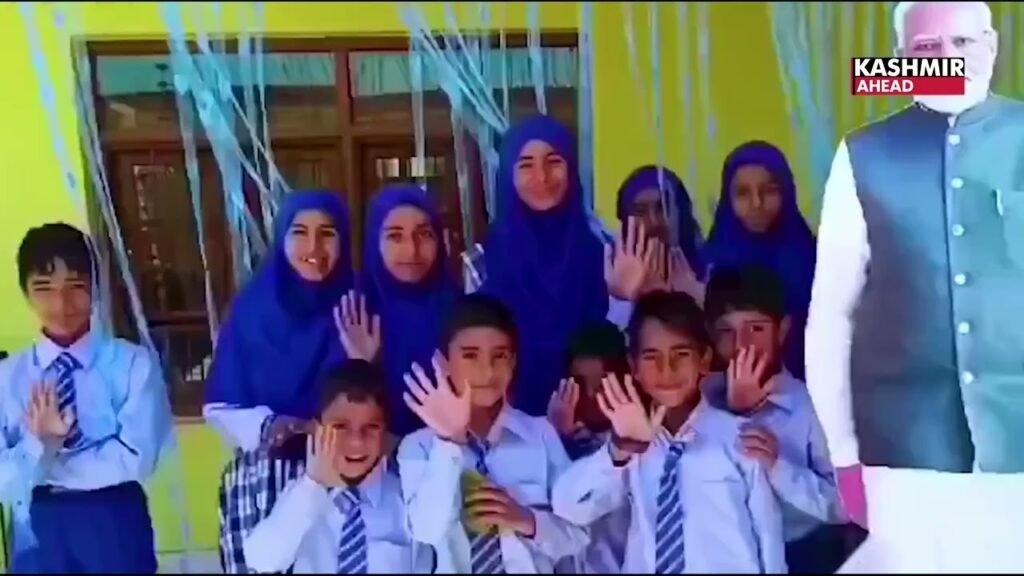The Union Cabinet’s recent approval for the establishment of 85 new Kendriya Vidyalayas (KVs) across the country marks a significant milestone in India’s efforts to improve access to quality education, especially in underserved and remote areas. Among the states benefiting from this initiative, Jammu and Kashmir stands out with the highest allocation—13 new Kendriya Vidyalayas. This move underscores the government’s commitment to bridging educational gaps and ensuring that even the most distant corners of the country have access to high-quality schooling. The establishment of these new Kendriya Vidyalaya’s is a vital step in addressing the educational needs of regions that have long faced challenges in terms of infrastructure and access to quality teaching. The Kendriya Vidyalaya system, known for its standardized curriculum and high academic standards, will provide thousands of students with the opportunity to receive quality education, preparing them for future challenges. These new schools are expected to not only improve academic outcomes but also foster holistic development, equipping students with critical life skills. Jammu and Kashmir, in particular, has been a focal point for educational development in recent years. The region has undergone a transformation since the revocation of Article 370 in 2019, which paved the way for greater integration of Jammu and Kashmir into the broader national framework. As part of this process, significant investments have been made to modernise the region’s education sector, including the establishment of new schools, colleges, and universities. This emphasis on education is part of a larger effort to empower the region’s youth, giving them the tools to succeed in an increasingly globalized world. The creation of these 13 new Kendriya Vidyalaya’s in Jammu and Kashmir will have far-reaching implications. These schools will not only cater to students in urban areas but will also extend their reach to rural and remote parts of the region, where educational opportunities have historically been limited. By establishing Kendriya Vidyalaya’s in these areas, the government is ensuring that children from every background and location have access to the same high-quality educational opportunities as their peers in more developed regions. Furthermore, the presence of these new Kendriya Vidyalaya’s will likely have a ripple effect on the local education ecosystem. These schools, with their well-trained teachers and modern teaching methods, will raise the bar for other educational institutions in the region. Local teachers and educational administrators will be able to learn from the Kendriya Vidyalaya system’s best practices, leading to an overall improvement in the quality of education in the region. The move is also in line with India’s broader goal of promoting education as a tool for social and economic empowerment. By providing children in Jammu and Kashmir with access to high-quality education, the government is not only giving them the skills needed for personal success but also contributing to the region’s long-term development. As the new Kendriya Vidyalaya’s begin to operate, they will contribute to the cultivation of a skilled, informed, and confident workforce in Jammu and Kashmir, which will, in turn, contribute to the region’s economic growth and stability. The Union Cabinet’s approval for the establishment of 85 new Kendriya Vidyalaya’s across India, with Jammu and Kashmir receiving the highest number, is a forward-thinking step towards improving educational infrastructure, particularly in areas that have been traditionally underserved. This initiative is a testament to the government’s commitment to ensuring that every child, regardless of where they live, has access to the tools and opportunities needed for a bright future. With the launch of these schools, the region of Jammu and Kashmir, in particular, is poised for a brighter and more equitable future, one that offers its youth the opportunity to thrive in an ever-evolving world.
Keep Reading
Add A Comment



